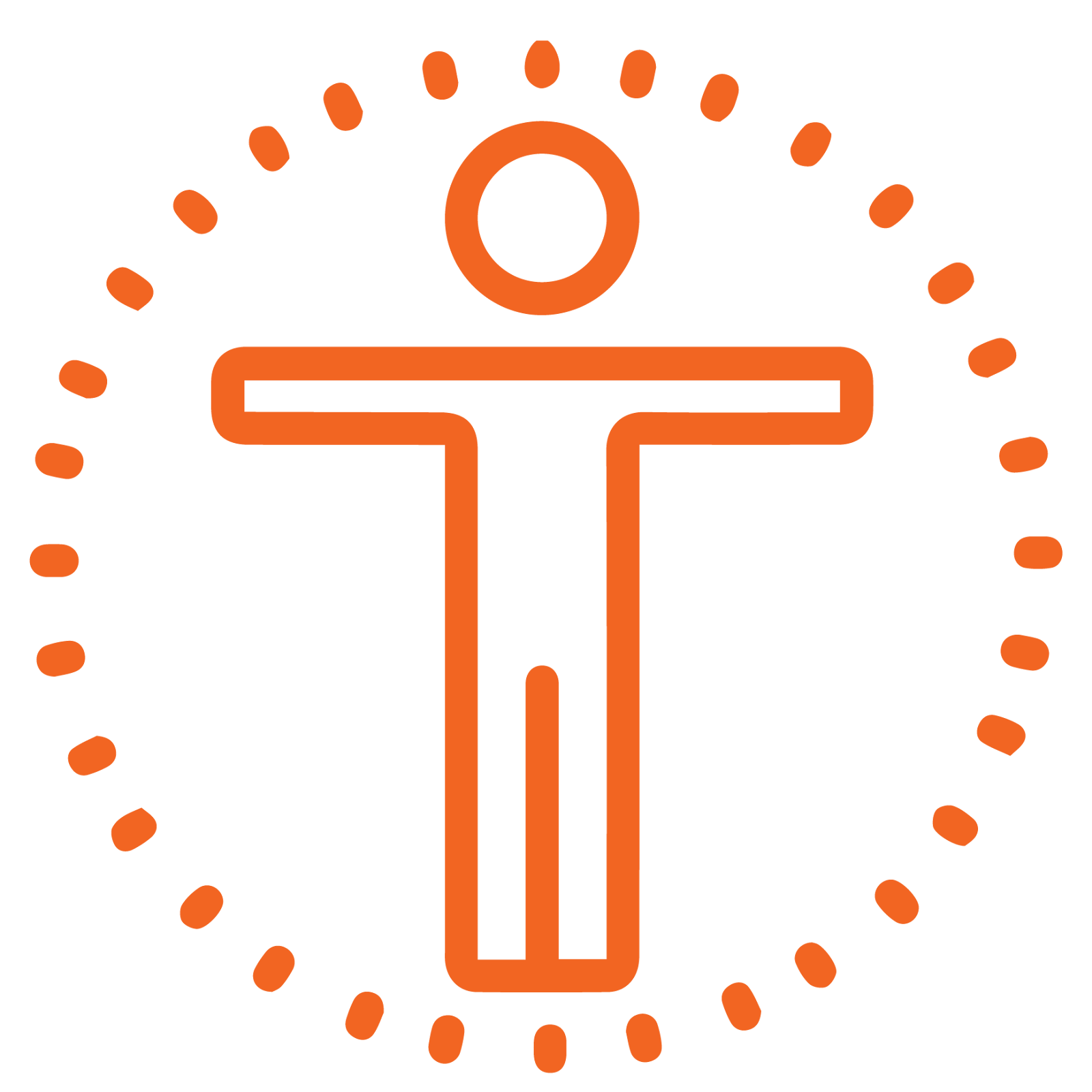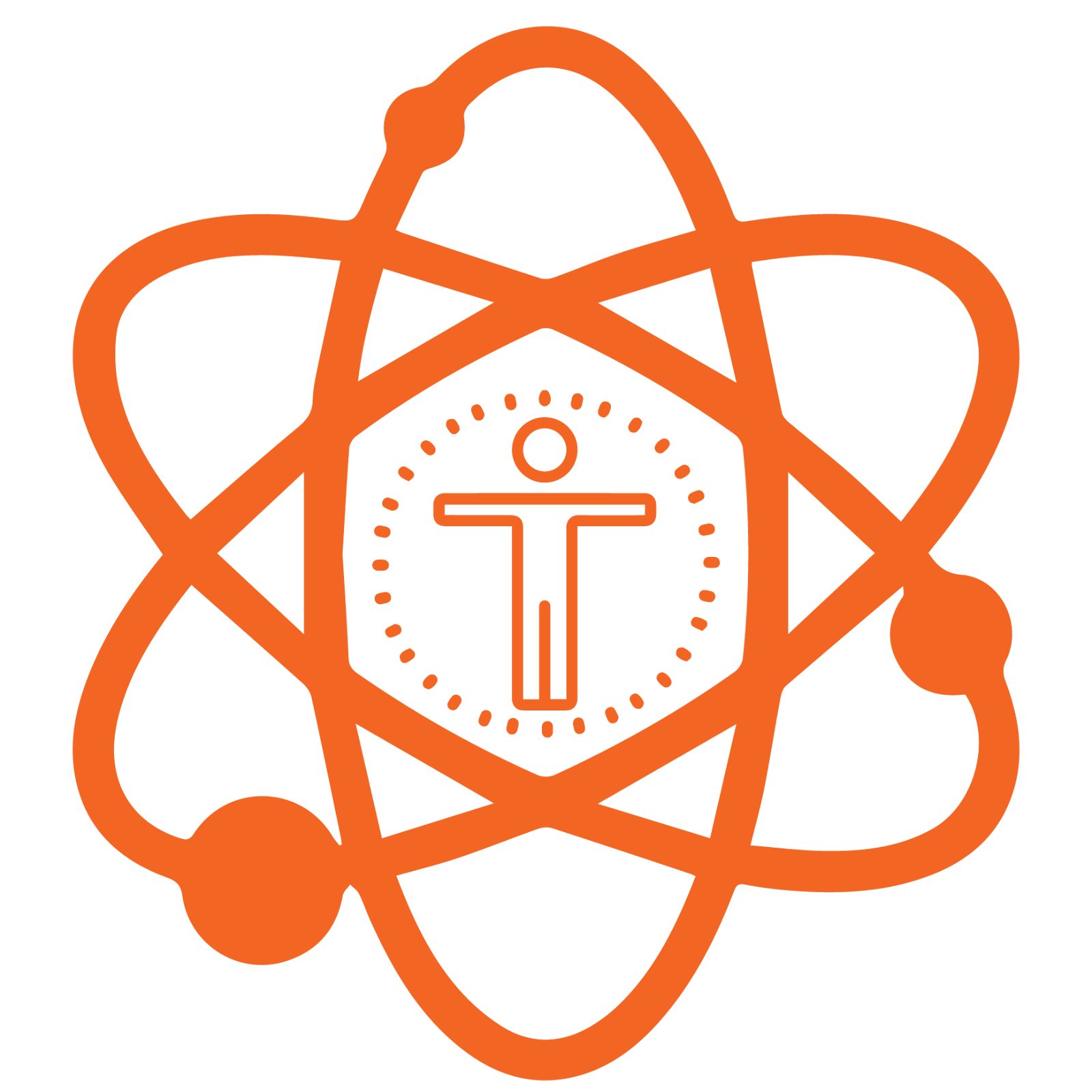Progressive Muscle Relaxation: Everything You Need to Know
Progressive muscle relaxation is a simple yet powerful stress-relieving technique. Learn what it is, how to do it, & the proven benefits below
First discovered in 1934, progressive muscle relaxation has a nearly 100-year legacy of improving people’s quality of life.
Over time, scientists adapted it to be an effective stress management tool and even to treat certain phobias. Nowadays, it’s used for everything from tension headaches to sleep issues to joint health.
If you’re looking for a quick and easy way to relieve stress, progressive muscle relaxation is perfect because all you need are your muscles, a place to lay down, and around fifteen minutes.
Below, you’ll learn everything you need to know to add this stress-relieving technique to your self-care regimen, including what it is, how to do it, and the many health benefits you can expect.
WHAT IS PROGRESSIVE MUSCLE RELAXATION?
Progressive muscle relaxation is a stress-reducing technique involving sequentially tensing and relaxing muscle groups throughout the body. The concept behind it is pretty straightforward: relaxation in the body carries over to the mind.
Usually done one muscle group at a time, the process of holding tension in each muscle and then fully releasing it amplifies the feeling of relaxation.
People often use it when they’re under immense stress or worry, but you can reap the benefits of this technique whenever you like.
As hectic as life is these days, it’s tough to know how tense and stressed our bodies are. But with consistent practice, progressive muscle relaxation can help enhance our awareness of when our muscles are under tension and need relief.
 HOW TO DO PROGRESSIVE MUSCLE RELAXATION: A STEP-BY-STEP GUIDE
HOW TO DO PROGRESSIVE MUSCLE RELAXATION: A STEP-BY-STEP GUIDE
When doing progressive muscle relaxation, it’s important to find a quiet place where you won’t be disturbed. It takes anywhere from ten to twenty minutes to complete, so keep that in mind when planning your sessions.
Here’s how it works:
- Once you’ve found your quiet place, recline or lie down, kick your shoes off (if you’re wearing any), and close your eyes. Focus on relaxing your entire body, from your toes to your jaw muscles. Take a few deep breaths, and then start your session.
- To begin, decide which muscle group to contract. It’s common to go from top to bottom or vice versa, so pick whichever you like, and begin.
- Let’s say you chose to start with your feet. Start with either the left or right leg (not both), and — while inhaling — tightly curl your toes for five to ten seconds. Then, exhale and immediately relax your foot.
- Wait fifteen to twenty seconds, focusing on the feeling of relaxation in your foot. Let your body go completely limp during this time, take deep breaths, and then move up the leg to the calf muscle.
- Inhale, tighten your calf muscle for five to ten seconds — either by pulling your toes toward you or pressing down with the top of your foot — then exhale and release.
- Wait fifteen to twenty seconds, focus, then move up to the thigh.
- Go through this same process with the thigh.
- Repeat steps 2-6 with the other leg, then move on to the glutes.
- Squeeze and release both glutes, wait and focus, then move on to the stomach.
- Perform this same process with the remaining muscle groups…
- Stomach – Tighten your abs or suck in your stomach.
- Back – Pull your shoulders back behind you, holding tightly.
- Each arm – Tighten each fist, then contract each bicep by pulling your hand up to your shoulder.
- Neck – Shrug your shoulders as high as you can and hold tightly.
- Face – Open your mouth as wide as you can and hold it. Next, close your eyes as tightly as you can. Then, lower or raise your eyebrows as much as you can. You can also tighten all your facial muscles at the same time.
- Finally, tighten every muscle group in your entire body: feet, legs, glutes, stomach, arms, back, neck, and face. Inhale, hold the tension, then exhale and release it all at once. As you do so, imagine all the stress leaving your body. Place all your attention on how relaxed your body feels — this is the purpose of progressive muscle relaxation.
 SCIENCE-BACKED BENEFITS OF PROGRESSIVE MUSCLE RELAXATION
SCIENCE-BACKED BENEFITS OF PROGRESSIVE MUSCLE RELAXATION
For how simple it is to do, the benefits you can get from progressive muscle relaxation are priceless.
Scientific evidence supports this practice as an effective way to manage:
- Mental and physical stress
- Tension headaches
- Sleep
- Chronic discomfort
- Joint health
- Digestive health
- Vitality
- Mental health
- Anger
In exchange for just twenty minutes of your time, benefits like these are a great deal…
And with nearly a hundred years of results, you can rest assured that progressive muscle relaxation is worth every second.
For even more science-backed results in minutes, check out BEMER therapy today. In just two eight-minute sessions a day, BEMER can transform your health with improved stress relief and relaxation, energy, vitality, recovery, performance, and more.
Click here to contact your local distributor for more information on the science behind BEMER, our product line, and for live demonstrations!
*BEMER does not provide any medical advice or services. This device is not intended to diagnose, treat, cure or prevent any disease. It should not be used for any purpose other than as described in the user manual. Please consult your own healthcare provider if you have any medical issues.




